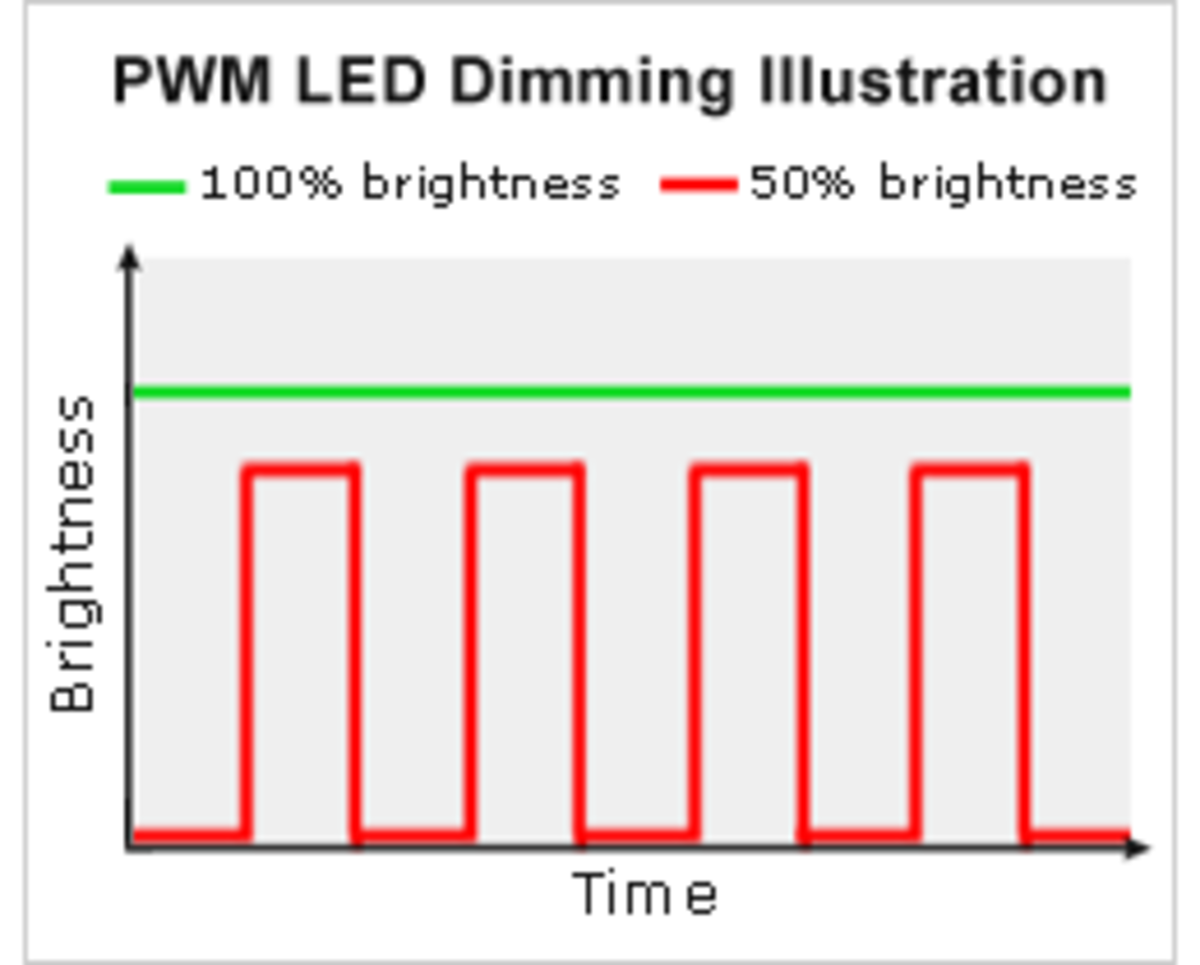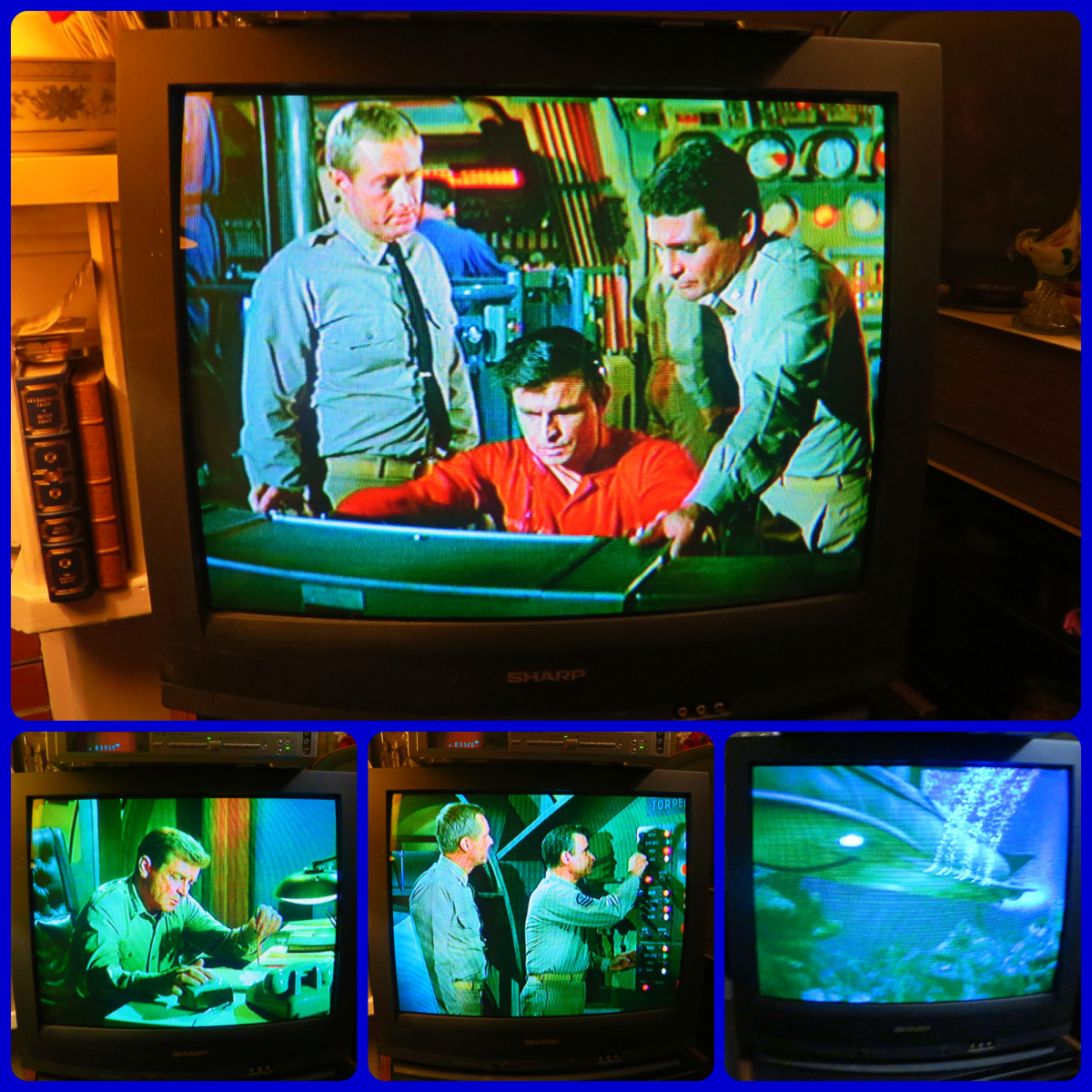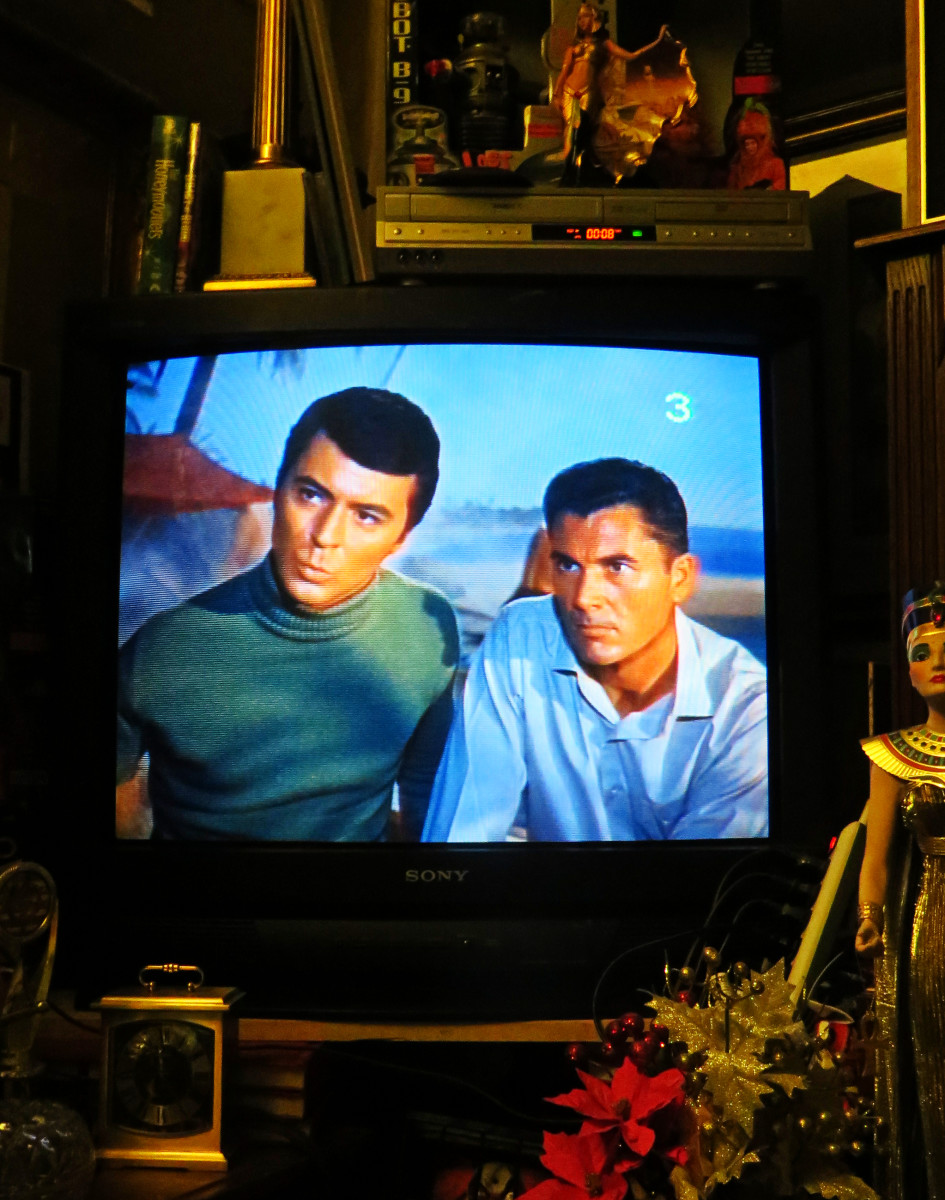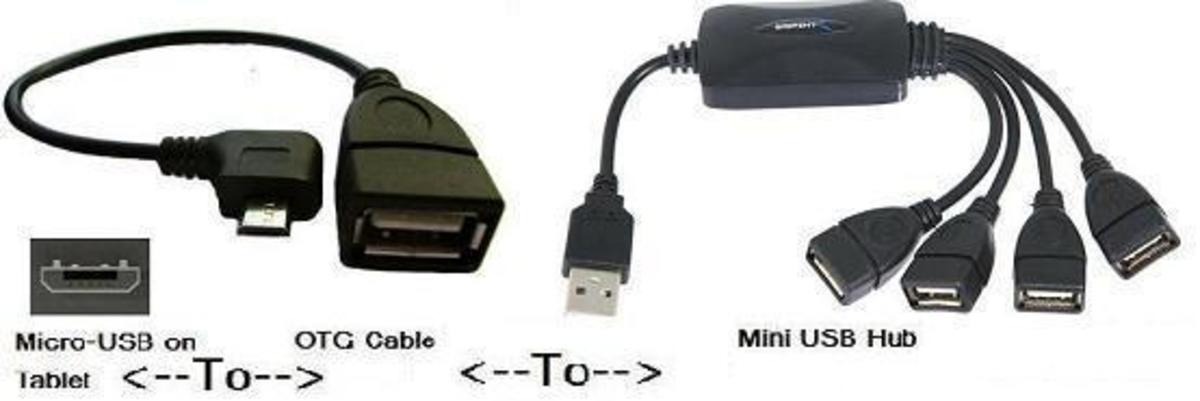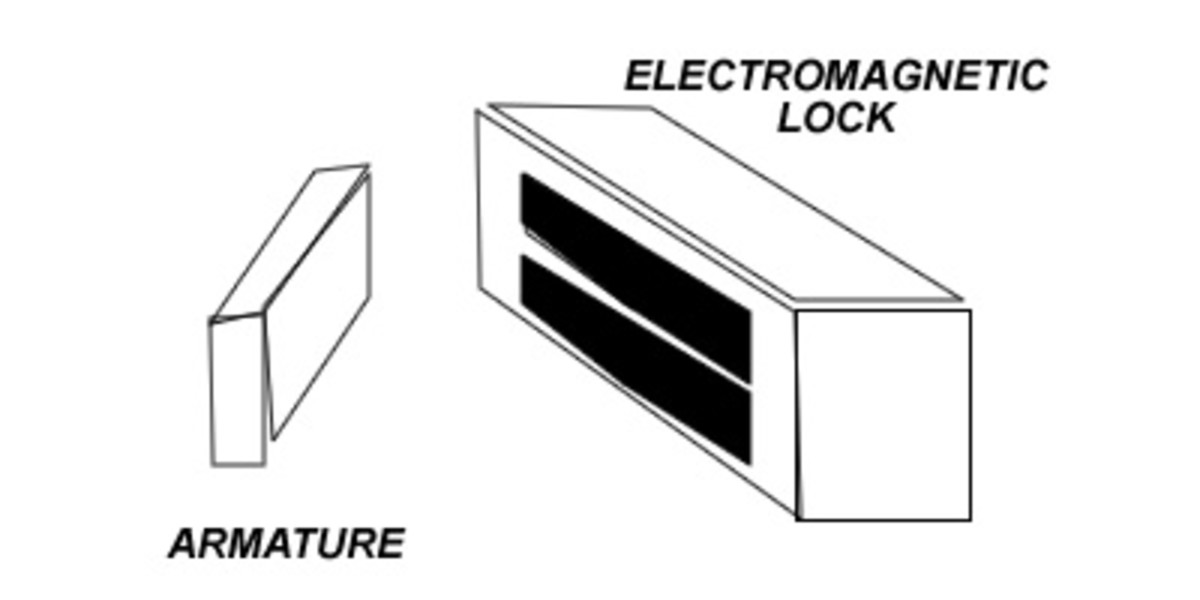The Samsung TV Guide
Samsung set a goal for 2010 nothing sort of ambitious; they were to sell 50 million display units during the year. While the year is still not over at the time of writing, the Q3 numbers at 520 million $US in net profit for the LCD panel division suggests that even if the actual number falls short of expectations, it won't be a bad year for the company.
What makes Samsung TVs so desirable? Why does 'Quality' pop into mind when thinking about their products, and most importantly, what sets them apart from the competition?
A Glimpse at History
Lee Byung-chull founded the forerunner of the current Samsung company in 1938, a little trading facility with a handful of employees. Little did they know that through massive diversification and expansion, they they were to become the leading force in the visual display market by the year 2010.
Nothing comes without its appropriate cost, and in Samsung's case it has been an aggressive policy of development. The group spends hundreds of millions of dollars on investments in new technologies. It enabled them to build the first LCD screen display in 1995, and to move on plowing the competition ever since. The division has been so successful, that even Sony contacted the company to form a joint venture; Samsung owns 50% plus one share of the S-LCD group which produces panels for both Sony and Samsung.
In 2010, Samsung is the market leader in LCD panels and other display technologies sold in consumer electronics by volume (a more detailed analysis). The question is still unanswered though, how does Samsung achieve such a success? Is there something they do what others don't even attempt?
There are three ways on the market to become a force to reckon. Be the first, be the biggest, and offer the best product. The latter isn't always the case, but Samsung is known to have been notorious in the former two.
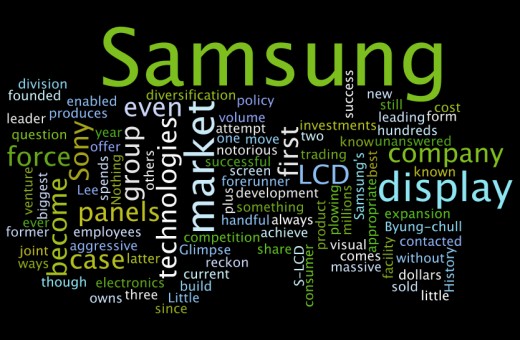
Anatomy of the Technology - Inside the Samsung TV
Anyone taking a quick look at the Samsung TV line-up may notice that they produce two kinds of models at the moment. TFT-LCD is the most prominent, and it has been for the last couple of years. The vast majority of TV units rolling out of Samsung's factories come with this kind of technology, which justifies spending a few words on it.

TFT-LCD, Defying Chances
How does LCD operate?
The working principle here states that individual components in the grid either block or allow backlight to pass through. A pixel, the smallest addressable unit of the display consists of three Liquid Crystal spots, one for each basic color. A thin-film transistor (TFT) layer is added so that these crystal units can be conveniently addressed and driven.
This mixture of technologies allows for higher resolution TFT-LCD panels to be built, while decreasing response time, increasing image sharpness and the precision of color representation.
In-depth technology analysis aside, TFT-LCD allows for thin enclosures to be developed and used with these TVs. No wonder the name 'flat screen' stuck1, televisions and computer displays using this technology generally have a 3 inches or less thick casing. It's not unusual for a laptop to have a 3mm thick lid, of which the aluminum or plastic shell takes at least half of it. Astonishing.
1: The name flat screen refers to the fact that the screen surface of these displays is completely flat, as opposed to the curved Cathode-Ray Tube front of older television sets. Incidentally, the casing is also very thin in comparison, thus the two fold encouragement of the expression.
Why the sub-title, though?
TFT technology had some serious birth defects, shortcomings that predestined it to be a sub-par solution compared to CRT or even Plasma, the up and coming technology at the time TFT just tried to escape the laboratories. First iterations were sluggish, had only two colors (black and white), and displays built around it were so expensive that customers needed persuading to even consider buying them as an alternative. The future didn't look bright in TFT world.
In its initial state, TFT could never have beaten the then available color televisions built around CRT technology.
Samsung didn't give up, and shoveled some money into its display operation to have issues fixed instead. Soon enough they had affordable, color TFT displays on the market, but that didn't fix some of the problems these screens had.
For a while, the industry was under the solid impression that these panels can't be manufactured in large enough sizes to make them anything useful for home entertainment. Plasma TVs, a technology developed simultaneously, had TFT beaten in size, color representation, response time, manufacturing costs, yet TFT survived, and not only survived, but thrived and outdone plasma, mostly because of Samsung and Sony.
A modern LCD Samsung TV has the following benefits:
- Wide-spectrum color representation
- Passable contrast ratio up to 5,000-10,000:1
- Very thin bezel and casing
- Light display body
- Low power consumption
- Moderate manufacturing costs
- Screen sizes up to 50-55" in mass production

Plasma, in my house?!
Plasma TVs are still being made, Samsung isn't killing them off just yet, but since a similar technology (OLED) is emerging, they're soon to be extinct. Yes, you heard it here first.
Isn't plasma what makes stars, or something?
Well, not quite, but you're close to the solution. Plasma is a gas or mixture of gases where particles react strongly and uniformly to electric current. In plasma televisions there are hundreds of thousands of small chambers consisting of noble gas and mercury vapor particles. These chambers are between two layers of glass, and an electrode-sandwich, which is responsible for transmitting the current through the plasma chamber.
When voltage is applied, current flows through an individual cell, electrons are accidentally hitting vaporized mercury particles, exciting them to a point where they emit UV photons to fall back to their original electric state. These Ultra-Violet photons are not quite useful without the phosphor layer painted on the inside of each chamber.
Phosphor, when hit by UV photons, reaches a higher energy level, and falls back to its original state very quickly, releasing lower energy photons. Mostly infra-red (heat), but some are visible. About 60% of all UV photons go to 'waste' as heat, but that's still almost a 40% efficiency, which would be considered a ground-shaking for a car-engine.
Long story short, the chambers emit light on their own, without the need to control passage of backlight. This feature makes plasma TVs to have better contrast ratio than TFT panels, up to the 'yeah sure' level of 5,000,000 to 1. It means that the brightest white the panel can possibly produce is 5,000,000 times brighter than the darkest black it can achieve. We've seen TFT monitors and TVs advertised with such contrast ratios, but that technology is not capable of reaching such dark blacks without clever use of the backlight (as in, they tune it down for when black is to be measured, and crank it up for white).

Consequently, plasma displays have very vivid colors and stunning blacks, and as such are ideal for home cinema applications. There is a tiny bit of a problem, though. Samsung plasma TVs aren't safe either, nor are the ones made by competitors, from the burn-in effect.
Burn-in has been the nemesis of plasma, and not without a reason. The phosphor layer found on the inside wall of individual chambers is prone to losing its visual properties over time. With constant excitement of a cell, the phosphor layer deteriorates quicker, and as such, results in different colors being represented at any given driving voltage. If cells burn-in in a certain pattern, you'll perceive it as a constant 'ghosting' on your TV. Not fun, and irreversible.
If, for example, you watch one channel all the time, and it has its logo in the corner, your plasma display is almost bound to have the logo burned-in.
Modern models incorporate clever techniques to avoid or minimize the effect; they flash each cell faster than what your eyes can perceive, for example. They flush and broom the plasma cells every now and then, so to speak.
Another problem with plasma is altitude. Each chamber contains noble gases and vaporized mercury, and as such, has to maintain a certain pressure to have its original visual properties. If you use a plasma tv at a higher altitude, however, you change external pressure against which the cells aren't protected. Also known as the Denver-issue.
Denver is the most populous city in Colorado, and is the 24th biggest city in the United States by population. It lies 5,200 feet above sea level, though, which falls outside the comfort zone of older plasma televisions. The image may be blurry, parts or the whole picture may flicker, but the buzzing noise the screen emits is often mentioned as the number one most annoying problem with these displays in high-altude cities.
I can't seem to find any factual information regarding Samsung plasma TVs and their altitude rating on the officical product listing page, so if you decide to have the better contrast and impeccable refresh rate of these displays, and live in Denver or planning to circumnavigate the world in a hot-air balloon with a plasma TV as your only companion, I'd suggest you visit a store in your city and see if the particular model, which you're interested in, works correctly. Flickering pixels and buzzing noise are to look for.
One advantage of these TVs holds ground against TFT, and is unlikely to be diminished over time, and it's the screen size. Plasma displays can be economically manufactured to 40 to 64 inches, which is the territory of very-high end TFT screens, oftentimes in the range of $3,000 and above.
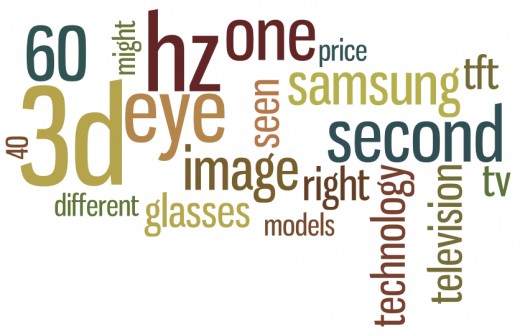
3D Samsung TVs
Sometimes the company just won't accept resistance or defeat and the 3D television technology is the prime example. High price and vague benefit descriptions coupled with the required 3D glasses make the fiercest early adopters to pause and think if they're willing to pay extra for a function they might not make the best use of.
The 3D technology in modern television sets works the following way. All 3D Samsung televisions are capable of at least 120 Hz refresh rate (note: latest models go all they way to 240 Hz), which is twice as much as the 60 Hz limit of ordinary TFT panels. The glasses contain an active TFT matrix shutting and opening 60 times a second in each lens.
Synchronized with the television, it makes your left eye see one image, while the vision of your right eye is blocked, and the second image to be seen a fraction of a second later to be seen by your right eye, while the left is blocked. These changes happen 60 times a second, so each eye perceives a 60 Hz image that is different from what the other eye sees, tricking the brain into putting those different 'feeds' together as a 3D image, complete with depth perception. Obviously, in the case of 240 Hz televisions it's 120 Hz per eye, which is much less of a strain than a 60 Hz flickering.
There are shortcomings, though. One right off the bat is price. The Samsung 8 Series 8000 Led 3D TV is almost $1,300 for the 40" version (240Hz), while a 6 series 6300 TFT, which is 120Hz and 40" diagonal, can be had for around $900. There are other differences between the two models, of course, but the 3D is the only really emphasized one. For some people, the $400 is a bit large of a chunk to swallow in one bite.
The second is the need for 3D glasses that are compatible with the tv in question. One pair for each viewer, about a hundred dollars each, not something most are willing to fork out at the moment.
Samsung, however, keeps pushing the limits and the technology, and ran a $10M+ campaign to advertise it. You might have seen the clip with the waterfall on the streets of Buenos Aires. It was made by the same person who did the bouncing balls spot for the Sony Bravia TV line.

LED TVs
Samsung LED TVs, just like every other LED TV on the market today, are simple TFT-LCD panels that use LEDs as a backlight technology instead of traditional CCFL (Cold-Cathode Fluorescent Lamps).
LEDs provide a more consistently white backlight, that makes for more precise color representation throughout the panel. There are two main schools, the Edge lit technology, and the LED array. Edge lit televisions use fewer LEDs to achieve the desired brightness, placing them at the edge of the television. It allows for thinner TV enclosure, but the extra light diffusor layer adds a little bit of extra weight.
Array LED televisions on the other hand place the white LEDs behind the TFT matrix. By controlling each bright spot individually, manufacturers achieved a better contrast ratio on scenes that consist of very bright and dark parts. Most night-shots in movies are like that. This kind of controlling of the backlight to touch-up the contrast ratio results in less pronounced small bright details, such as an image of the night sky, dotted with stars before a completely dark background.
LEDs use less energy than CCFL tubes, and are generally conceived to be more eco-friendly due to their lack of mercury. Arsenic is used during manufacturing process, though, so there is some controversy and debate about the matter.
Added Services in Samsung Flat-Screen Televisions
Internet is everywhere, why wouldn't it be on the TV as well? Now that Samsung adds Internet@TV software to its flat-screen models, you don't really-really have to switch on the computer to reach Facebook, Youtube, Hulu or other popular services, like Skype, which is only available on 7000 and 8000 LED TVs.
There are literally dozens of apps you can download using only your TV set and the remote control.
Samsung TVs to Consider
There are three very distinct types of customers looking for flat screen Samsung TVs.
The cheap
There is nothing wrong with the low-end, as long as the price matches the feature list, not the build quality, making these models affordable, yet properly made for their price.
3D and large screen size is out the window in this category, so is wireless connectivity, or Internet@tv. If you can get a set that has these functions, yet belongs to the low-end category, be happy about it!
Samsung LN40C630
- 40" Screen size
- 120Hz frequency
- 4 HDMI inputs
- Around $700 price
- Full-HD 1080p resolution
This model constantly scores the best possible ratings in user reviews, and is a decent set for those looking for a flat-screen TV without breaking the budget permanently. It also has 2 USB port so that you can connect an USB drive, or a camcorder directly. 40" inches of screen size doesn't exactly spell 'low-end', neither does the full HD resolution, but the point is not to have the cheapest Samsung TV possible, but to have one that does the trick yet doesn't cost an arm and a leg.
The analyst
The analyst wants the best possible model for a set amount of money, but doesn't want to raise the limit, no matter how big of a jump that would be in extra features or screen size. The analyst is ready to spend hours or days on the Internet, looking for tidbits of information that can help him decide between two TVs he's debating on.
Samsung TVs usually take one or two places in his Top 3 list, and no wonder why; Samsung consistently offers crisp image and sound throughout its TV model line.
Samsung UN46C6300
Mid-range doesn't really get any better than this.
- 46" Screen size
- Full-HD 1080P resolution
- 120Hz refresh rate
- 4 HDMI, 2 USB, 1 Ethernet
- LED backlight
The LED backlight technology makes this TV just 1.2" thick, and gives a very good contrast ratio. Full HD doesn't need much introduction, but it's not only something nice to have but rather what you should expect in this price range. This particular model can be had for around $1,300. Decent set for those who can spend days deciding between TVs.
The perfectionist
The perfectionist doesn't particularly care about the price. He, on the other hand, is willing to pay stupendous amounts of money on an extra function other models might not have. The perfectionist is an analyst, who happens not to be restricted on money. If you consider yourself to be someone who would go out of town for a good 3D TV, here is one from Samsung that you could take a quick look at.
Samsung PN63C7000
This Samsung set is everything you want, then some more.
- 63" screen size
- Full-HD resolution
- 3D enabled
- 4 HDMI ports (1.4 with 3D support)
- Internet@TV with Samsung apps
- Built-in digital tuner
This television is seriously pushing the limits of what's possible with a plasma display and it certainly doesn't hold anything back. There are two catches, though; it's 54 Kgs (120 Lbs), and it costs around $2,900. If neither is a concern of yours, join the ranks of those who already enjoy the perfect picture this set gives. Notice: you need to get a pair of 3D glasses for every viewer, if you plan on using this TV for such purposes.
In lack of a Conclusion
There is so much to say about technologies Samsung uses to cast its market leading position in concrete, but I aimed to describe everything the simplest way possible, so as to make it sound less like tech white paper and more digestible. I hope you found something you could take away from it, and I'd like you to feel free to shoot if I made a mistake somewhere.
Useful Resources
- All the Samsung TVs
If you need to browse all the models, this is the one to go. - The TFT LCD technology
In excruciating details - How does Plasma work?
In more detail on Wikipedia - LED TV technology
Described by Wikipedia




